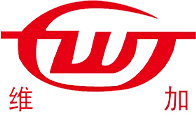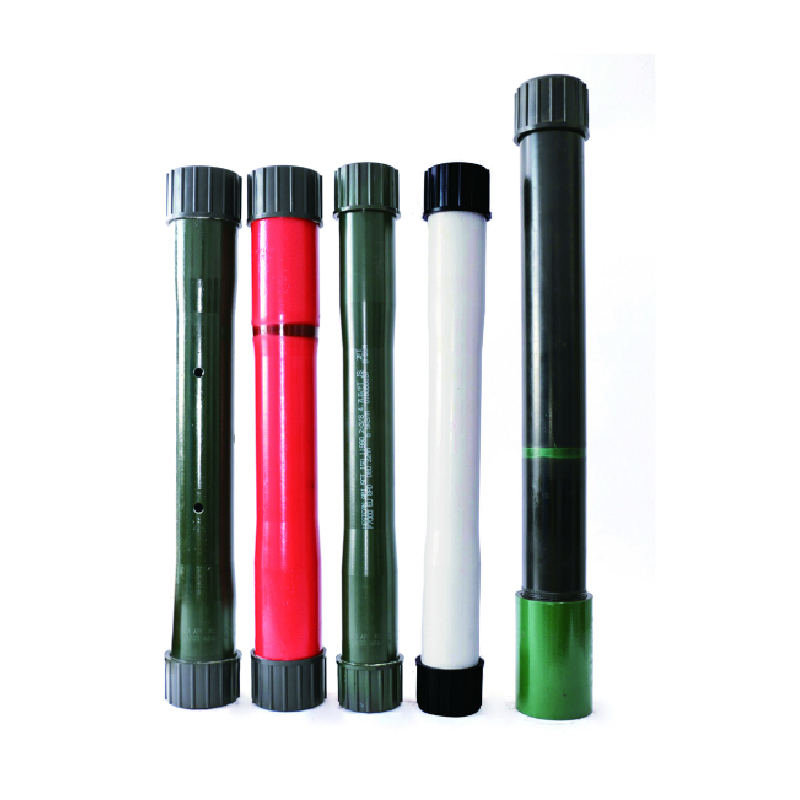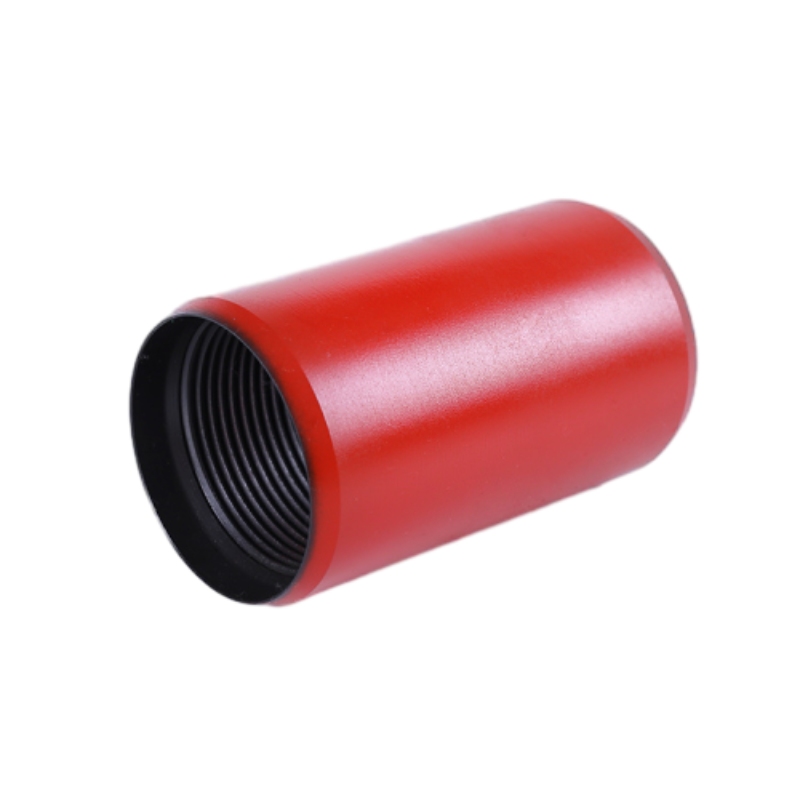Tubing Crossover — API-Grade, Custom Sizes, Fast Delivery
Crossover fittings for real-world wells: what matters and why it’s changing
The Tubing Crossover might look unassuming on the rack, but ask any completions engineer after a long workover and they’ll tell you: this little adapter can make or break a job. Hengshui Weijia Petroleum Equipment Manufacturing Co., Ltd. (locals just say Weijia) builds the “Crossover” line to bridge different thread types and sizes between tubing and casing—clean, tight, and to spec. In fact, as wellhead designs get more compact and the mix of premium threads grows, demand is quietly rising. To be honest, it’s the sort of component you only notice when it fails—so it shouldn’t.

Industry snapshot
Three trends we keep hearing about: more premium-connection mixing on brownfield wells, sharper sour-service requirements (H2S/CO2), and tighter QA traces from mill to rig. Many customers say the winning Tubing Crossover balances metallurgy, thread fidelity, and repeatable torque-turn—without blowing up lead times.
Technical specs at a glance
| Parameter | Typical Range (≈ / around) | Notes |
|---|---|---|
| Thread types | API EUE/NUE; LTC/STC/BTC; premium threads on request | API 5B gauged; API 7-2 for certain rotary shoulders |
| Sizes | 2-3/8"–7" (tubing-to-casing mixes) | Custom OD/ID transitions possible |
| Materials | J55, N80, L80, P110; 13Cr; CRA options | Sour service to NACE MR0175/ISO 15156 |
| Pressure test | ≈ 1.5 × WP hydrostatic | Per API 5CT protocols (shop test) |
| Coating | Phosphate or copper-plate threads | Dope and make-up per torque charts |
| Service life | 5–10 years in benign wells (real-world may vary) | Depends on cycling, corrosion, handling |
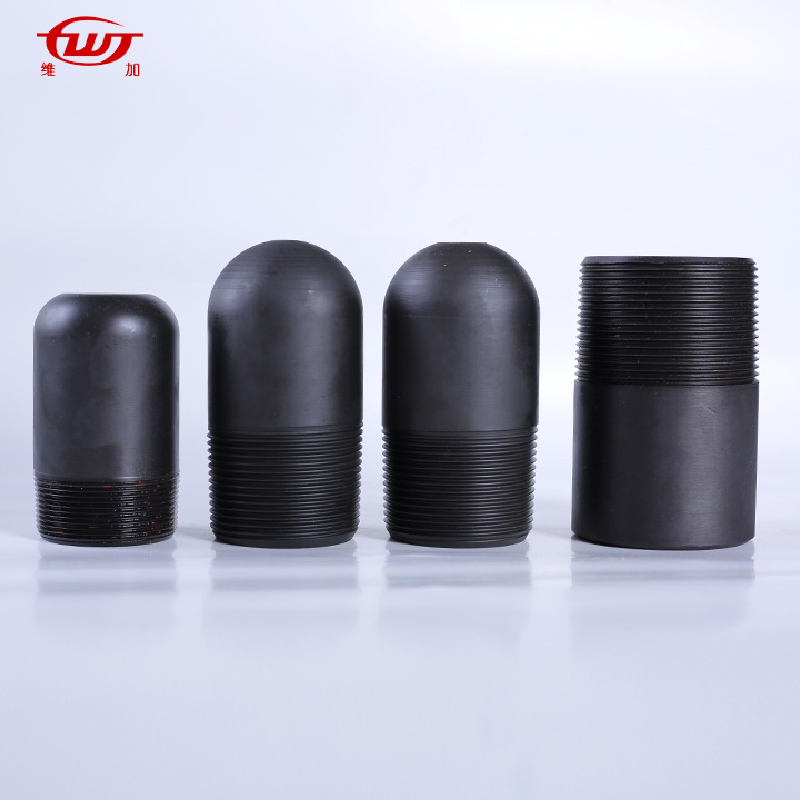
How it’s made (short version)
- Materials: API 5CT–compliant mechanical tubing or forgings, heat-treated (Q&T) to grade.
- Machining: CNC turning; precision ID/OD control to meet drift per API 5CT/ISO 11960.
- Threading: API 5B tooling; premium license procedures where applicable.
- Surface: Phosphating or copper plating; stress-relief where required.
- Testing: UT/MPI; hardness mapping; hydrostatic to ≈1.5× WP; torque-turn charts recorded.
- Docs: Heat numbers, MTRs, gauge reports, make-up torques archived.
Applications and advantages
Workovers, completions tie-ins, liner hanger transitions, and quick swaps between EUE/NUE or LTC/BTC. The big upside of a solid Tubing Crossover: fewer leak paths, predictable torque, and a clean drift for wireline or coil tools. Surprisingly, small geometry tweaks (chamfers, stress riser controls) cut fatigue complaints a lot.
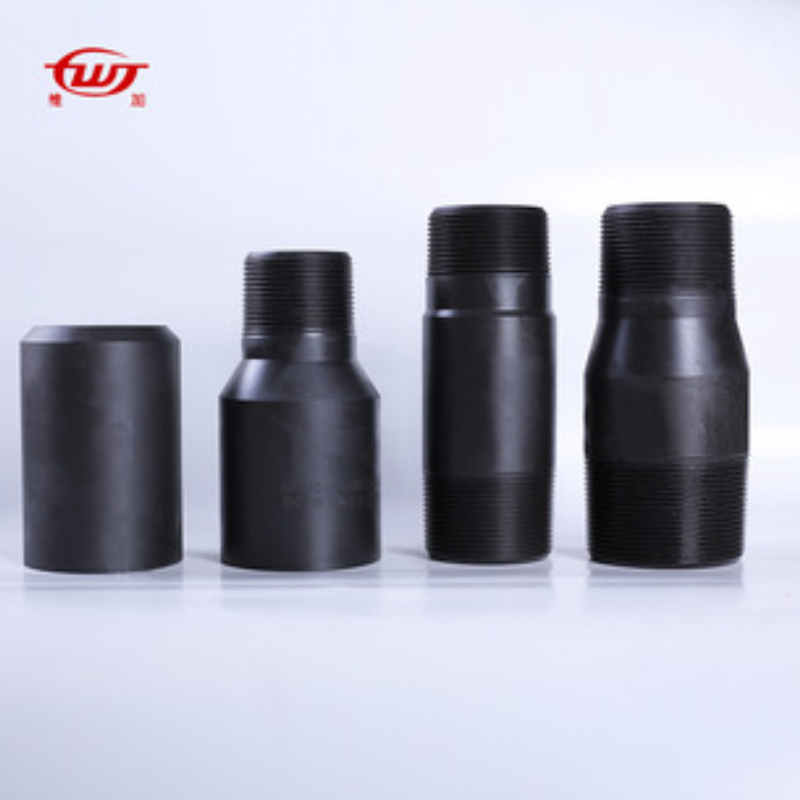
Vendor comparison (field-notes style)
| Vendor | Standards | Materials | Lead Time | Notes |
|---|---|---|---|---|
| Weijia “Crossover” | API 5CT/5B; ISO 11960; NACE MR0175 | J55–P110, 13Cr, CRA (on request) | ≈ 2–4 weeks | Good customization; tidy MTR pack |
| OEM A | API 5CT/5B | Carbon grades mostly | 3–6 weeks | Budget-friendly; limited sour options |
| OEM B (premium) | API + licensed premium | Wide, incl. nickel alloys | 6–10 weeks | Strong but pricier; long queues |
Customization and test data
- Custom end combos (e.g., 2-7/8" EUE × 3-1/2" LTC), special lengths, tapered IDs to protect flow.
- Sour service package: hardness ≤ 22 HRC (grade-dependent), SSC resistance per ISO 15156.
- Shop record (sample lot): hydro test at 22 MPa for 15 min; torque-turn within chart ±5%; MT 100% threads/critical sections.
Mini case notes
Middle East workover: upgraded to 13Cr Tubing Crossover on a CO2-rich injector—pressure holds clean after 9 months; rig says make-up was “predictable.” Latin America: mixed EUE/NUE strings during an urgent recompletion—overnight delivery, drift passed on first run, which frankly saved a day-rate.

Certifications and standards
Built to API 5CT/ISO 11960 with threads per API 5B; where rotary-shouldered forms appear, API 7-2 practices apply. Sour-service selections follow NACE MR0175/ISO 15156. Drift, hydro, and NDE follow API routines, with documentation shipped in the box—because audits happen when you least expect them.
References
- API Specification 5CT – Casing and Tubing.
- API Specification 5B – Threading, Gauging, and Inspection of Casing, Tubing, and Line Pipe Threads.
- ISO 11960 – Petroleum and natural gas industries — Steel pipes for use as casing or tubing.
- NACE MR0175/ISO 15156 – Materials for use in H2S-containing environments.
- API Specification 7-2 – Rotary shouldered connections (where applicable).
-
Tubing Crossover - API Compatible, Custom Sizes, In StockNewsNov.10,2025
-
Tubing Coupling | High-Strength, Leak-Proof Steel CouplingsNewsNov.10,2025
-
Wholesale API Threading Casing Coupling | API 5CT, Fast ShipNewsNov.10,2025
-
Pup Joint Supplier | API Certified, Custom, Quick ShipNewsNov.10,2025
-
Pup Joint Manufacturers | Precision Machined, Fast DeliveryNewsNov.10,2025
-
Tubing Coupling | Precision Steel, Leak-Proof, Fast DeliveryNewsNov.03,2025
